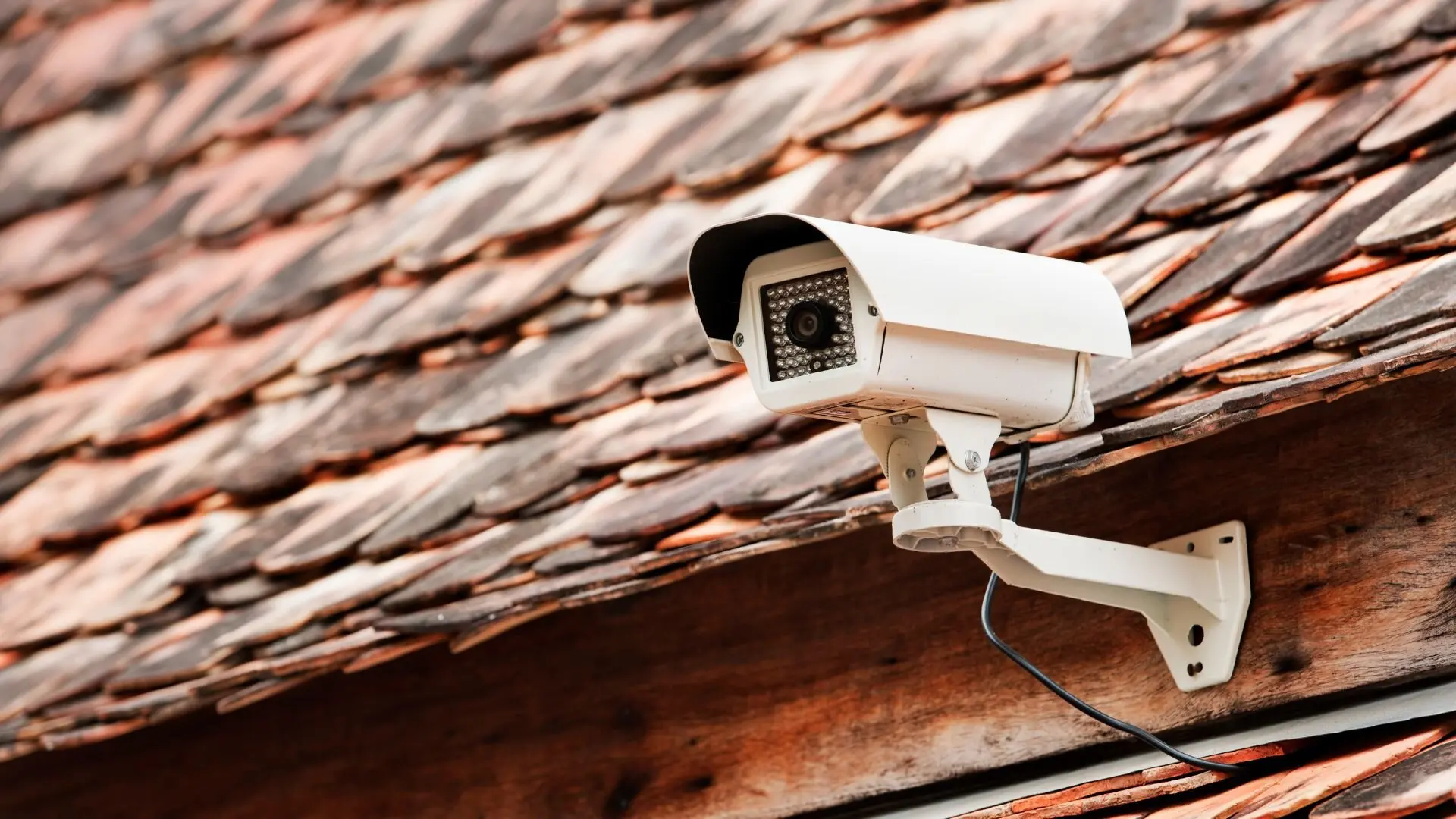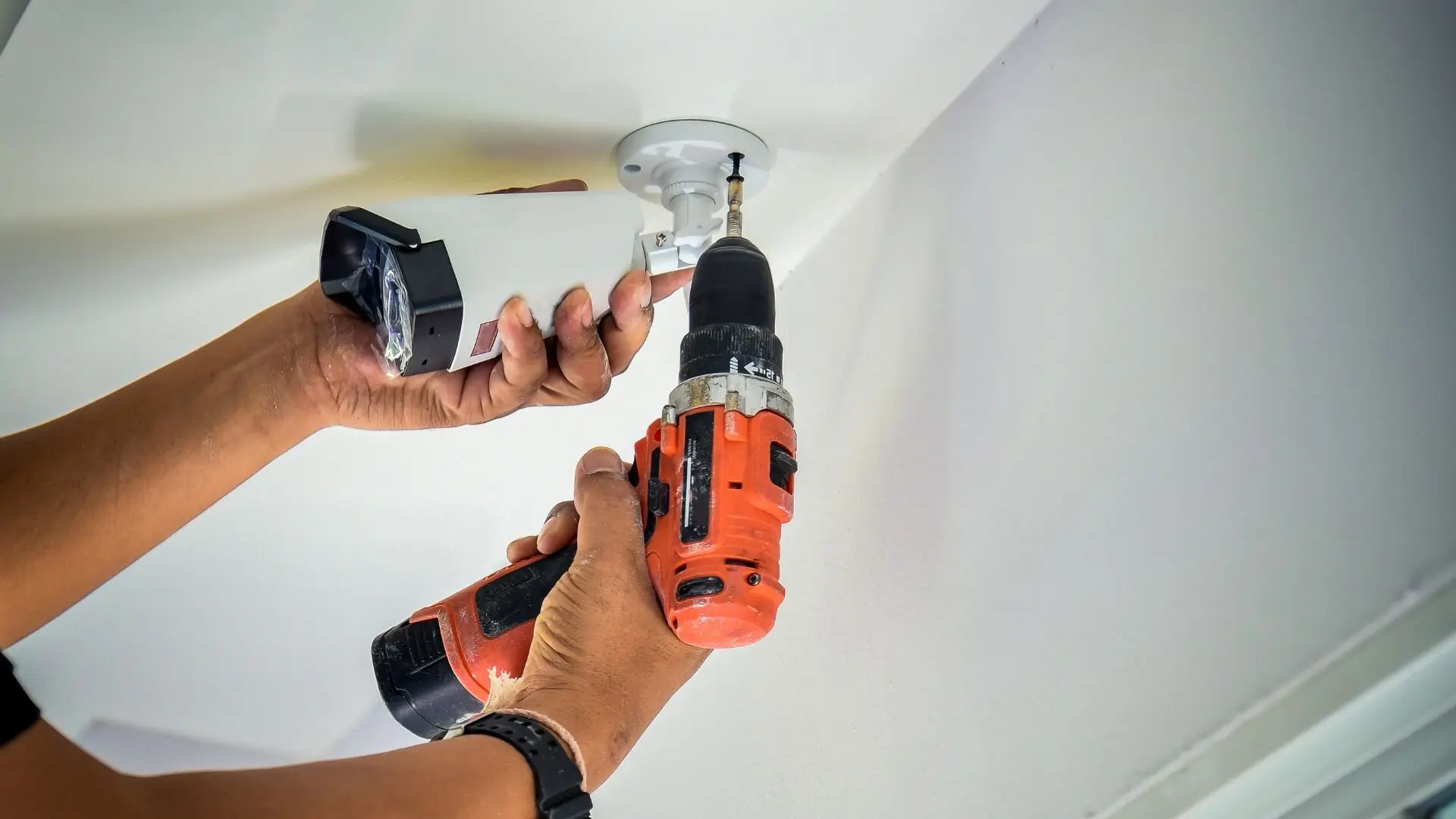Peace of mind is invaluable, and for Australians, a solid security system is essential to achieve it. CCTV cameras, often referred to as security cameras, form the backbone of many security setups. However, just having cameras isn’t sufficient. Optimising your CCTV coverage ensures that every nook and cranny of your home or business is monitored.
There’s a big difference between merely “catching something” and genuinely securing your property. Thoughtful camera placement, together with proper lighting, can greatly enhance your system’s coverage. Thanks to technological advancements, modern CCTV cameras offer features such as high-definition video and substantial storage capacity, enabling you to store and review clear footage.
Avoid settling for a security system riddled with blind spots. This guide explores crucial factors that affect CCTV effectiveness, aiding you in maximising your camera coverage for genuine peace of mind. Whether you aim to strengthen your home security with a new camera or improve your business’s surveillance, this guide helps you utilise your security cameras to their fullest potential.
Selecting the Right CCTV Cameras for the Job
Securing your property starts with selecting the right CCTV camera system. With numerous options to choose from, it’s vital to understand which camera types best align with your security needs.
The first step is understanding the area you want to monitor. For wide-open spaces like carparks or warehouses, wide-angle cameras provide excellent coverage. These cameras capture a broader view, minimising blind spots. Conversely, entryways or smaller areas might benefit from high-resolution cameras. These offer detailed views, allowing for clear identification of individuals and objects.

Lighting is another essential consideration. Many CCTV cameras feature night vision, which is crucial for effective nighttime surveillance. When light is limited, night vision ensures clear footage capture, proving invaluable for businesses in deterring crime or providing evidence if incidents occur. An integrated surveillance system doesn’t only secure; it identifies potential threats before they escalate.
Additionally, consider your storage needs when selecting cameras. Higher resolution means more storage is required, so investing in video compression technology is wise if space is limited. This reduces file sizes without sacrificing image quality, allowing for easier camera installation without storage concerns.
Beyond the camera itself, consider these additional elements:
Indoor vs. Outdoor Cameras:
For outdoor applications, weatherproof cameras are essential.
Wireless vs. Wired Cameras
Wireless cameras offer greater flexibility in placing cameras, but wired options provide a more stable connection.
Remote Access
Many CCTV systems allow remote access via smartphone or computer, enabling you to monitor your property from anywhere.
Keep in mind, security hinges on a layered approach. CCTV cameras, when combined with other measures like access control systems, offer a comprehensive solution. Choosing the right cameras, positioning them effectively, and using motion detection technology ensures thorough coverage. This strategy will enhance your peace of mind regarding your property’s security.
Strategic Camera Placement
Security cameras form the cornerstone of any robust CCTV setup. However, just having them isn’t sufficient. Placing your cameras strategically is vital to maximise their effectiveness and guarantee consistent surveillance of your premises.

Here’s how to get the most out of your security camera system:
- Field of View (FOV) and Blind Spots: Each camera has an FOV, the area it can see. Overlapping FOVs minimise blind spots, those unseen corners where potential threats could lurk.
- Maximising Coverage: Use a combination of wide-angle and zoom lenses. Wide-angle cameras cover large areas, while zoom lenses provide detailed views of specific points. Consider using multiple camera angles to capture activity from different perspectives.
- Mounting Height: There’s a balancing act with mounting height. Cameras should be high enough to deter tampering but low enough for clear identification. Ideally, position cameras around 3 metres from the ground.
- Corners and Vantage Points: Utilise corners and strategic vantage points for broader coverage. Cameras placed strategically can cover entire hallways or rooms, reducing the number of cameras needed and your storage needs.
- Weatherproof Casings (Outdoor Cameras): For outdoor applications, invest in weatherproof casings to protect your cameras from the elements. This ensures they capture clear images year-round, regardless of weather conditions.
Following these best practices can significantly improve the effectiveness of your CCTV system. Remember, strategically placed cameras with overlapping FOVs can eliminate blind spots and provide comprehensive coverage.
Here are some additional tips:
- Entry Points: Make sure to prioritise entry points like doorways and gates. Capture clear footage of anyone entering or exiting your premises.
- Motion Detection: Utilise motion detection technology to trigger recording only when movement is detected. This can significantly reduce the CCTV storage space required, especially for long periods of nighttime surveillance.
- Lighting Conditions: Consider lighting conditions, especially during nighttime hours. Strategically placed lights can enhance your camera’s ability to capture clear images. This is particularly important for outdoor security cameras.
Remember, the optimal camera placement strategy depends on your specific security needs. Whether it’s a home security camera system or a comprehensive business security system, consulting with a security professional can help design a system that best suits your space and needs.

See it All, Secure it All.
Following these best practices ensures your CCTV system effectively monitors your property. Remember, positioning your CCTV cameras strategically is key. Consider factors like blind spots and high-traffic areas to maximise video surveillance coverage. For added flexibility, wireless cameras are a great option, allowing you to easily adjust camera positions if needed.
Today’s CCTV systems offer various storage solutions, with cloud storage being particularly popular. It provides access to your footage from anywhere with an internet connection, making it ideal for businesses with multiple sites or for those who want to ensure their footage remains secure, even in the event of a break-in.
A well-designed CCTV system is like an extra set of eyes on your property, providing peace of mind and valuable evidence in case of an incident. To ensure your security system is working hard to keep you safe, consider your specific needs. Enersol Electrical has extensive experience creating customised security solutions. We can help you maximise your CCTV coverage by strategically positioning cameras throughout your property, including both indoor cameras and outdoor options.
Contact Enersol Electrical todayfor professional CCTV installation and advice on expanding your system’s coverage.